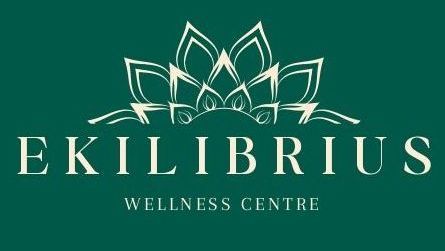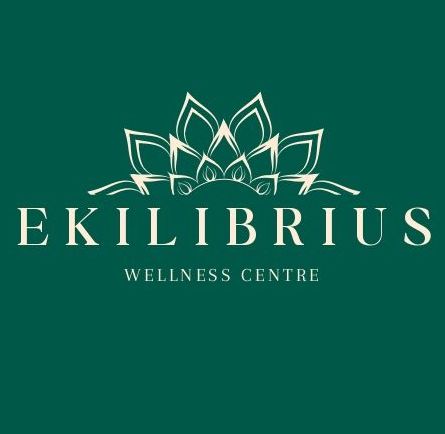Courses
WORKSHOP: Iridologia
- OBJECTIVES
This course aims to provide the therapist with basic knowledge of CLASSIC IRIDOLOGY - the science that studies the observation of patient health through the iris.
- PROGRAM CONTENT
1. Introduction;
2. What do the eyes tell;
3. History of iridology;
4. Iris - diagnosis;
5. How to examine irises;
6. Division of the iris sectors;
7. Density;
8. Constitution;
9. Homeostasis;
10. The benefits of iridology;
11. Iris pigmentation;
12. Color;
13. Toxic stains;
14. Texture;
15. Degenerative lesion;
16. Lymphatic Constitution;
17. Mixed Constitution;
18. Subacute, chronic and degenerative states;
19. Lymphatic rosary;
20. Nervous ring;
21. Nice crown;
22. Solar rays;
23. Psoric stains;
24. Senile bow;
25. Anemia of extremities (senile arch and lower zone);
26. Iris reading in daily practice;
27. Topographic map - interpretation;
28. Approach to the patient;
29. The rings of the iris;
30. The stomach ring;
31. Solar rays;
32. The stress / nervous rings;
33. The ring of skin - scaly edge;
34. The sodium ring - cholesterol or mineral ring;
35. Iris gaps in high resolution;
36. Open Gap;
37. Closed Gap;
38. Points;
39. Recommendations;
40. Iridological changes and clinical correspondence;
41. Case studies
42.Ethics in Iridology
43. Behavioral Iridology
44. The Flower Pattern
45. The Jewel Pattern
46. The Current Pattern
47. The Shaker Pattern ·
48. The Basic Patterns of Relationship
- CERTIFICATE
Students who successfully complete the course will eventually receive a Certificate of Participation issued through the Holistic Institute
- TRAINER
TETYANA SMOLYARENKO
- ACCOMPLISHED. COURSE: UNIVERSAL BIOMAGNETISM
TRAINING INFORMATION

